
Kód: 19546555
Imaginary Mathematics for Computer Science
Autor John Vince
The imaginary unit i = -1 has been used by mathematicians for nearly five-hundred years, during which time its physical meaning has been a constant challenge. Unfortunately, René Descartes referred to it as "imaginary", and the us ... celý popis
- Jazyk:
 Angličtina
Angličtina - Väzba: Pevná
- Počet strán: 301
Nakladateľ: Springer International Publishing AG, 2018
- Viac informácií o knihe

Mohlo by sa vám tiež páčiť
-

At Home with Plants
21.40 € -25 %
Darčekový poukaz: Radosť zaručená
- Darujte poukaz v ľubovoľnej hodnote, a my sa postaráme o zvyšok.
- Poukaz sa vzťahuje na všetky produkty v našej ponuke.
- Elektronický poukaz si vytlačíte z e-mailu a môžete ho ihneď darovať.
- Platnosť poukazu je 12 mesiacov od dátumu vystavenia.
Viac informácií o knihe Imaginary Mathematics for Computer Science
Nákupom získate 236 bodov
 Anotácia knihy
Anotácia knihy
The imaginary unit i = -1 has been used by mathematicians for nearly five-hundred years, during which time its physical meaning has been a constant challenge. Unfortunately, René Descartes referred to it as "imaginary", and the use of the term "complex number" compounded the unnecessary mystery associated with this amazing object. Today, i = -1 has found its way into virtually every branch of mathematics, and is widely employed in physics and science, from solving problems in electrical engineering to quantum field theory. John Vince describes the evolution of the imaginary unit from the roots of quadratic and cubic equations, Hamilton's quaternions, Cayley's octonions, to Grassmann's geometric algebra. In spite of the aura of mystery that surrounds the subject, John Vince makes the subject accessible and very readable. The first two chapters cover the imaginary unit and its integration with real numbers. Chapter 3 describes how complex numbers work with matrices, and shows how to compute complex eigenvalues and eigenvectors. Chapters 4 and 5 cover Hamilton's invention of quaternions, and Cayley's development of octonions, respectively. Chapter 6 provides a brief introduction to geometric algebra, which possesses many of the imaginary qualities of quaternions, but works in space of any dimension. The second half of the book is devoted to applications of complex numbers, quaternions and geometric algebra. John Vince explains how complex numbers simplify trigonometric identities, wave combinations and phase differences in circuit analysis, and how geometric algebra resolves geometric problems, and quaternions rotate 3D vectors. There are two short chapters on the Riemann hypothesis and the Mandelbrot set, both of which use complex numbers. The last chapter references the role of complex numbers in quantum mechanics, and ends with Schrödinger's famous wave equation. Filled with lots of clear examples and useful illustrations, this compact book provides an excellent introduction to imaginary mathematics for computer science.
 Parametre knihy
Parametre knihy
Zaradenie knihy Knihy po anglicky Computing & information technology Computer science Mathematical theory of computation
94.78 €
- Celý názov: Imaginary Mathematics for Computer Science
- Autor: John Vince
- Jazyk:
 Angličtina
Angličtina - Väzba: Pevná
- Počet strán: 301
- EAN: 9783319946368
- ISBN: 3319946366
- ID: 19546555
- Nakladateľ: Springer International Publishing AG
- Hmotnosť: 776 g
- Rozmery: 235 × 155 × 21 mm
- Dátum vydania: 30. August 2018
Obľúbené z iného súdka
-
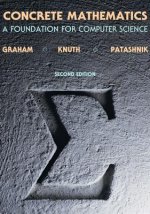
Concrete Mathematics
88.08 € -2 % -
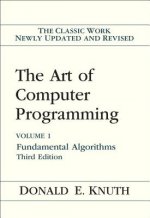
Art of Computer Programming, The
70.42 € -10 % -
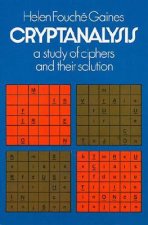
Cryptanalysis
14.81 € -23 % -
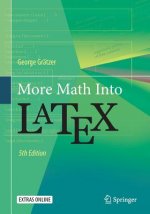
More Math Into LaTeX
113.55 € -
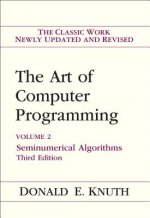
Art of Computer Programming, Volume 2
106.14 € -
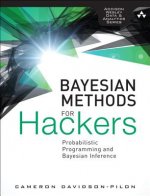
Bayesian Methods for Hackers
39.57 € -5 % -
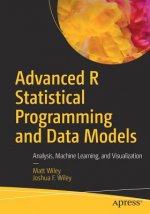
Advanced R Statistical Programming and Data Models
76.91 € -3 % -
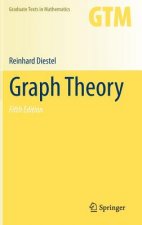
Graph Theory
96.10 € -
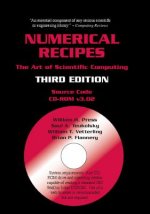
Numerical Recipes Source Code CD-ROM 3rd Edition
128.77 € -
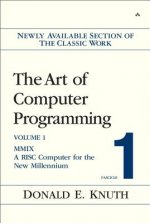
Art of Computer Programming, Volume 1, Fascicle 1, The
30.33 € -1 % -

Essential Linear Algebra with Applications
66.26 € -21 % -
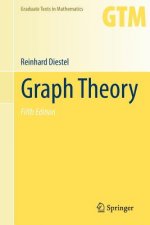
Graph Theory
55.70 € -

An Introduction to Quantum Computing Algorithms
101.17 € -

Type Theory and Formal Proof
109.39 € -

Advanced Object-Oriented Programming in R
39.16 € -

Introduction to Formal Language Theory
70.22 € -

Boolean Algebras, 1
70.22 € -

Discrete Mathematics for Computing
99.24 € -

What Can Be Computed?
91.73 € -9 % -

MATLAB Demystified
26.78 € -4 % -

Computational Introduction to Number Theory and Algebra
91.22 € -

Programs, Recursion and Unbounded Choice
69.51 € -

Numerical Validation in Current Hardware Architectures
70.22 € -

Pi-Calculus
98.53 € -

Algorithmic Beauty of Plants
95.79 € -3 % -

Learning Deep Architectures for AI
106.14 € -

Algebra for Cryptologists
39.57 € -
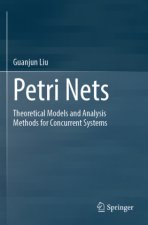
Petri Nets
249.94 € -
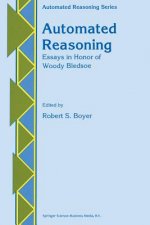
Automated Reasoning
138.31 € -
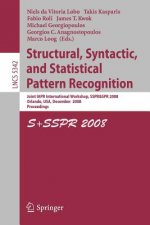
Structural, Syntactic, and Statistical Pattern Recognition
138.31 € -
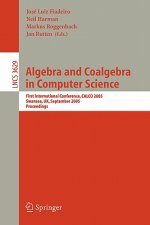
Algebra and Coalgebra in Computer Science
70.22 € -
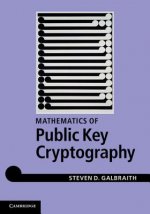
Mathematics of Public Key Cryptography
100.97 € -
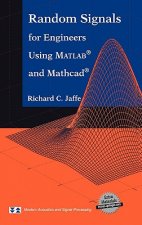
Random Signals for Engineers Using MATLAB (R) and Mathcad (R)
70.22 € -

Evolutionary Algorithms in Engineering Applications
138.31 € -

Regret Analysis of Stochastic and Nonstochastic Multi-armed Bandit Problems
106.14 € -
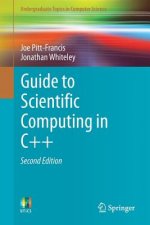
Guide to Scientific Computing in C++
70.22 € -

Fundamentals of Quantum Computing
88.79 € -
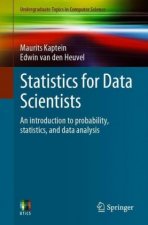
Statistics for Data Scientists
64.03 € -
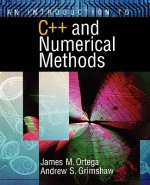
Introduction to C++ and Numerical Methods
235.43 € -
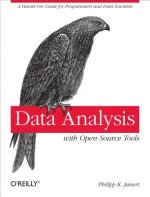
Data Analysis with Open Source Tools
38.45 € -6 % -

Mathematics for Computer Scientists
85.85 € -

Basic Category Theory for Computer Scientists
49.51 € -
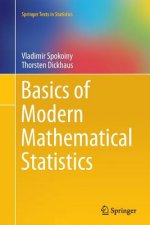
Basics of Modern Mathematical Statistics
113.55 € -
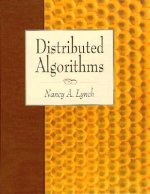
Distributed Algorithms
170.48 € -
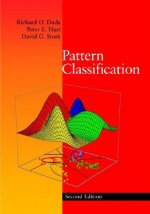
Pattern Classification 2e
226.60 € -

Discrete and Combinatorial Mathematics
115.99 € -

Foundation Mathematics for Computer Science
78.84 € -
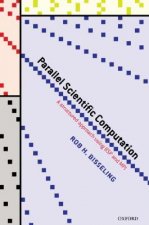
Parallel Scientific Computation
244.87 € -
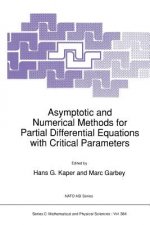
Asymptotic and Numerical Methods for Partial Differential Equations with Critical Parameters, 1
274.71 €
Osobný odber Bratislava a 2642 dalších
Copyright ©2008-24 najlacnejsie-knihy.sk Všetky práva vyhradenéSúkromieCookies



 21 miliónov titulov
21 miliónov titulov Vrátenie do mesiaca
Vrátenie do mesiaca 02/210 210 99 (8-15.30h)
02/210 210 99 (8-15.30h)